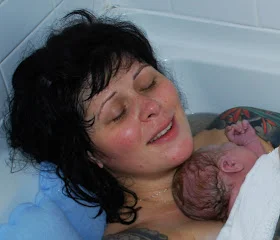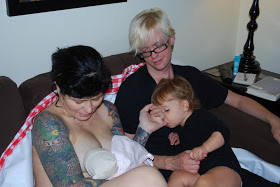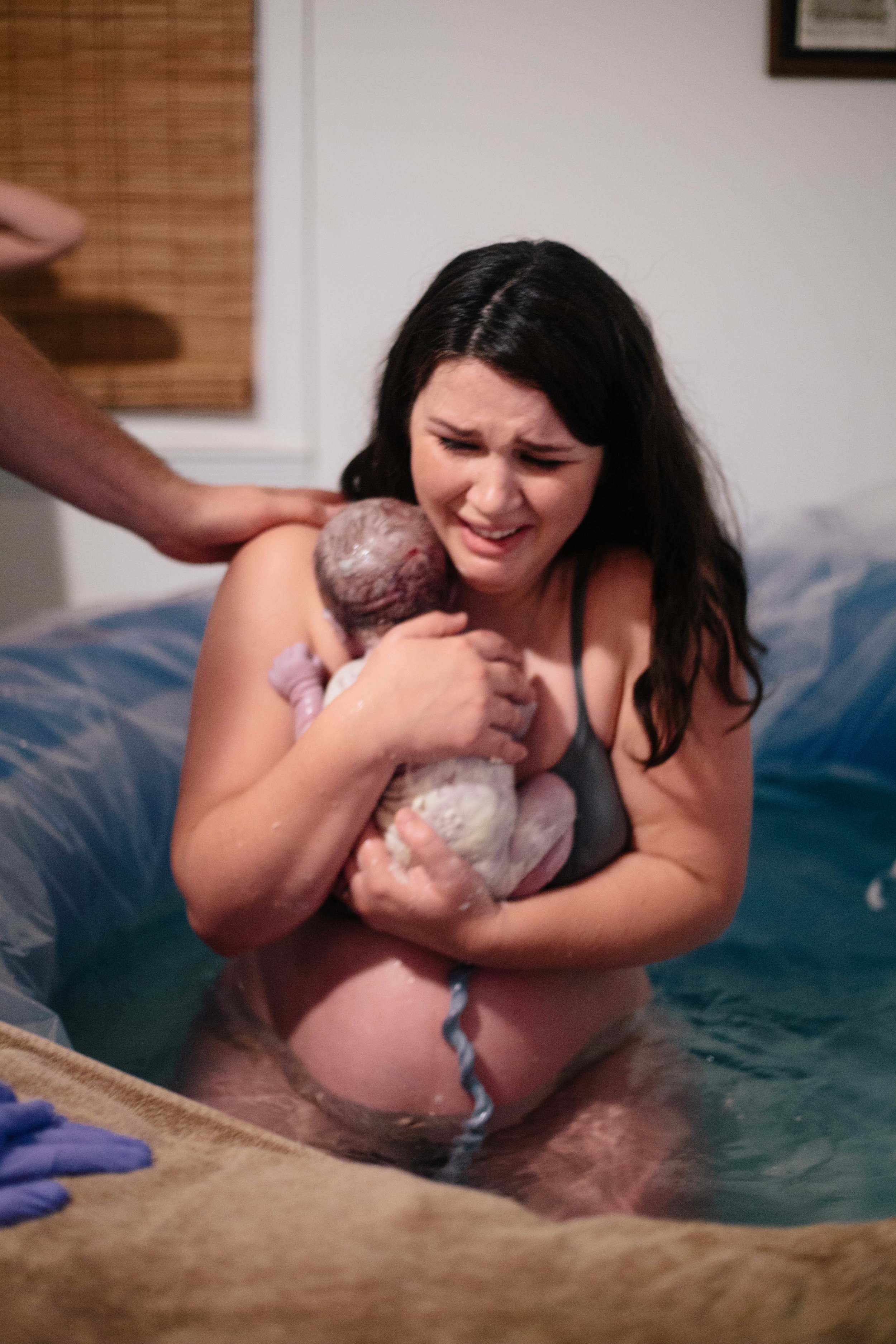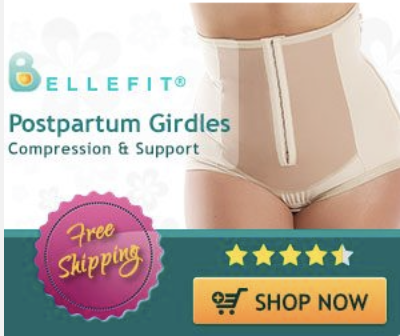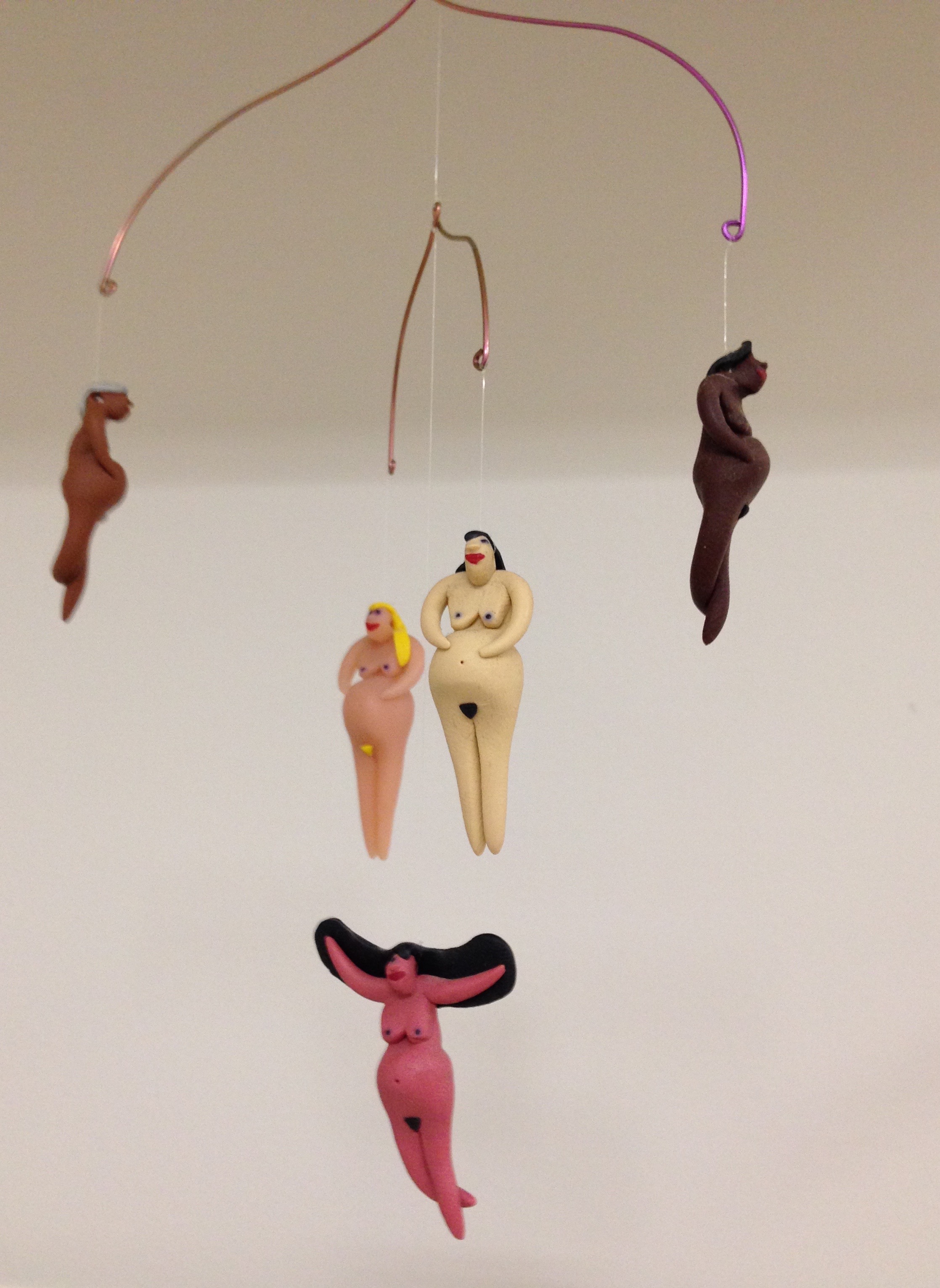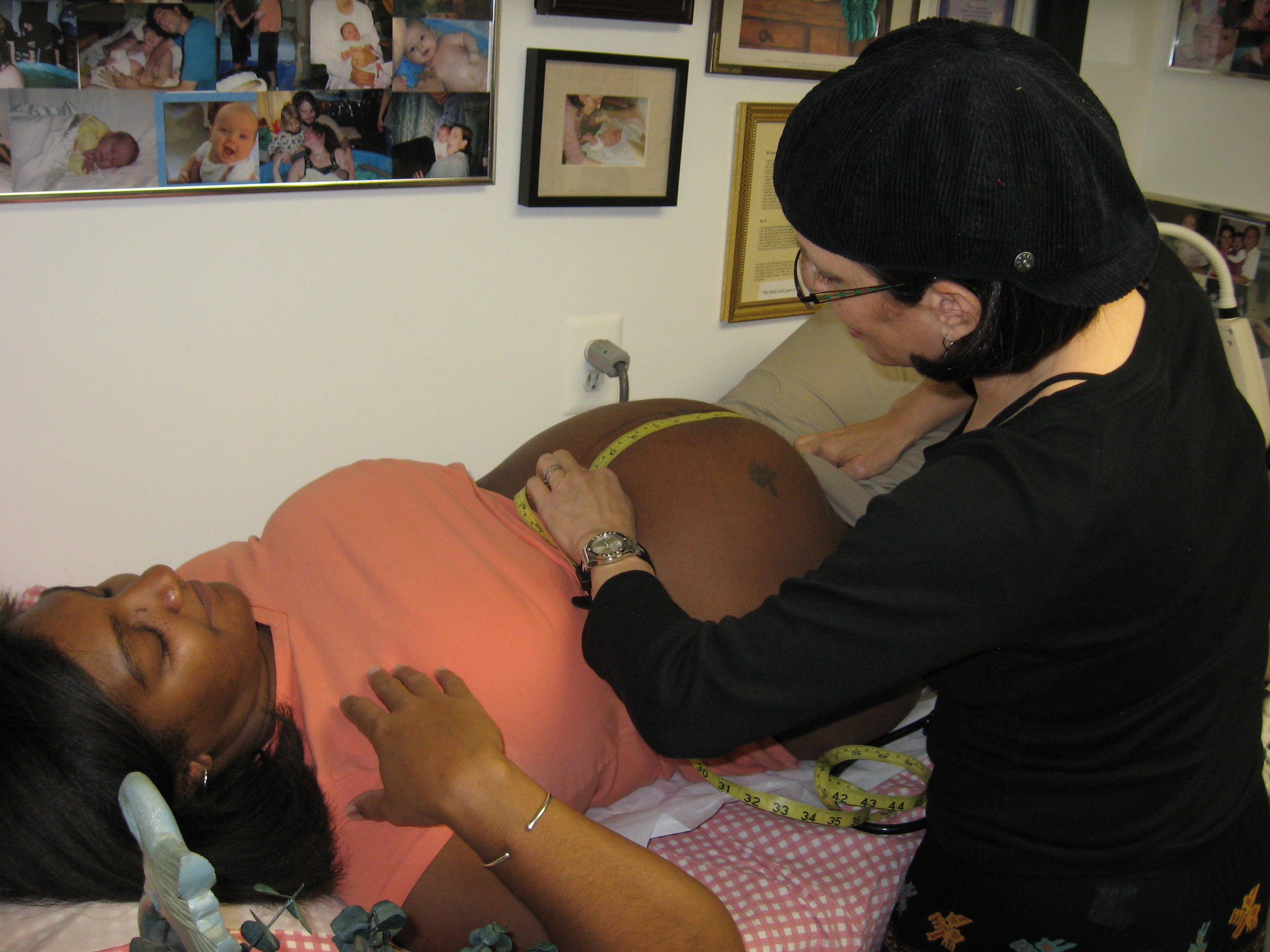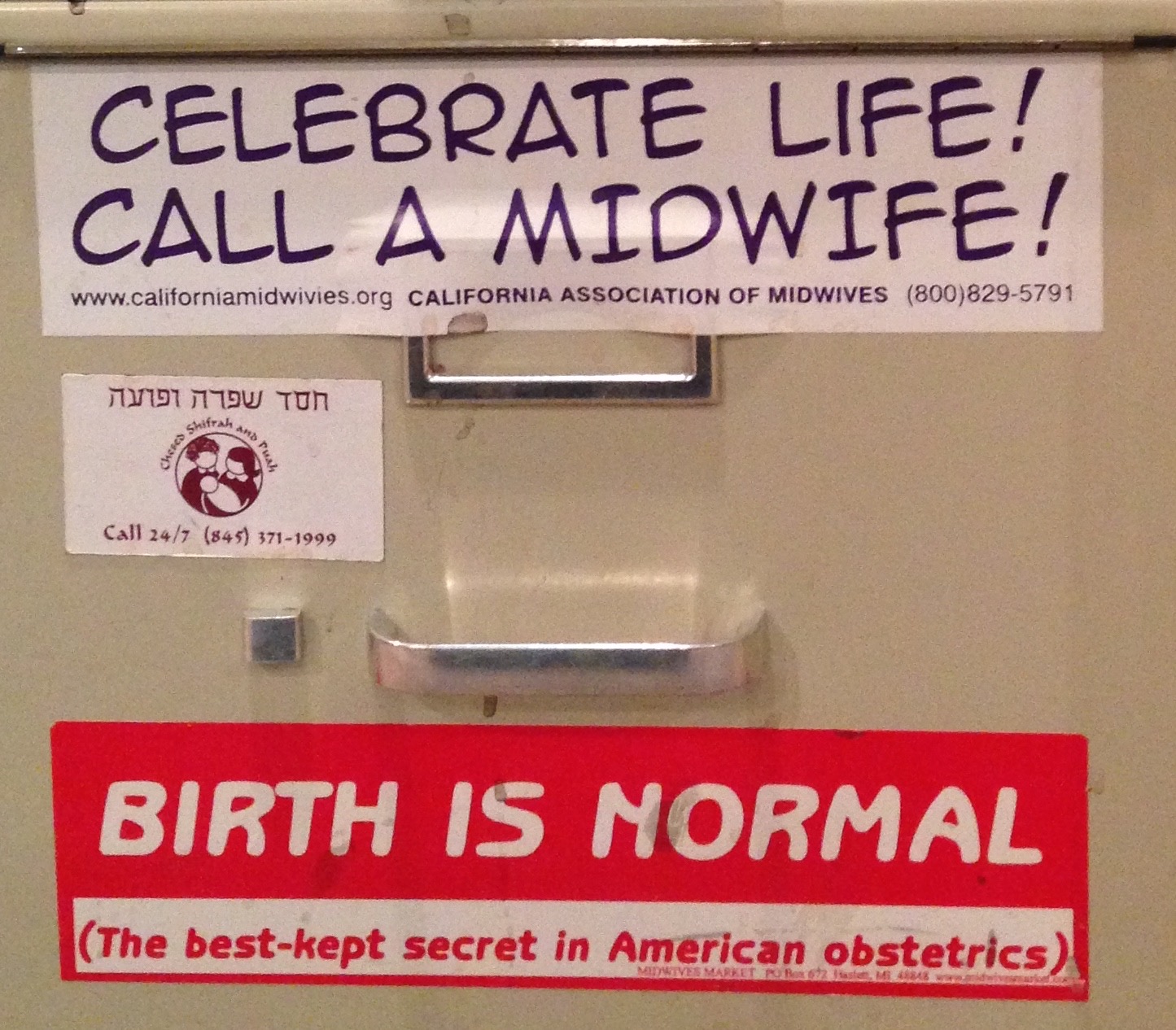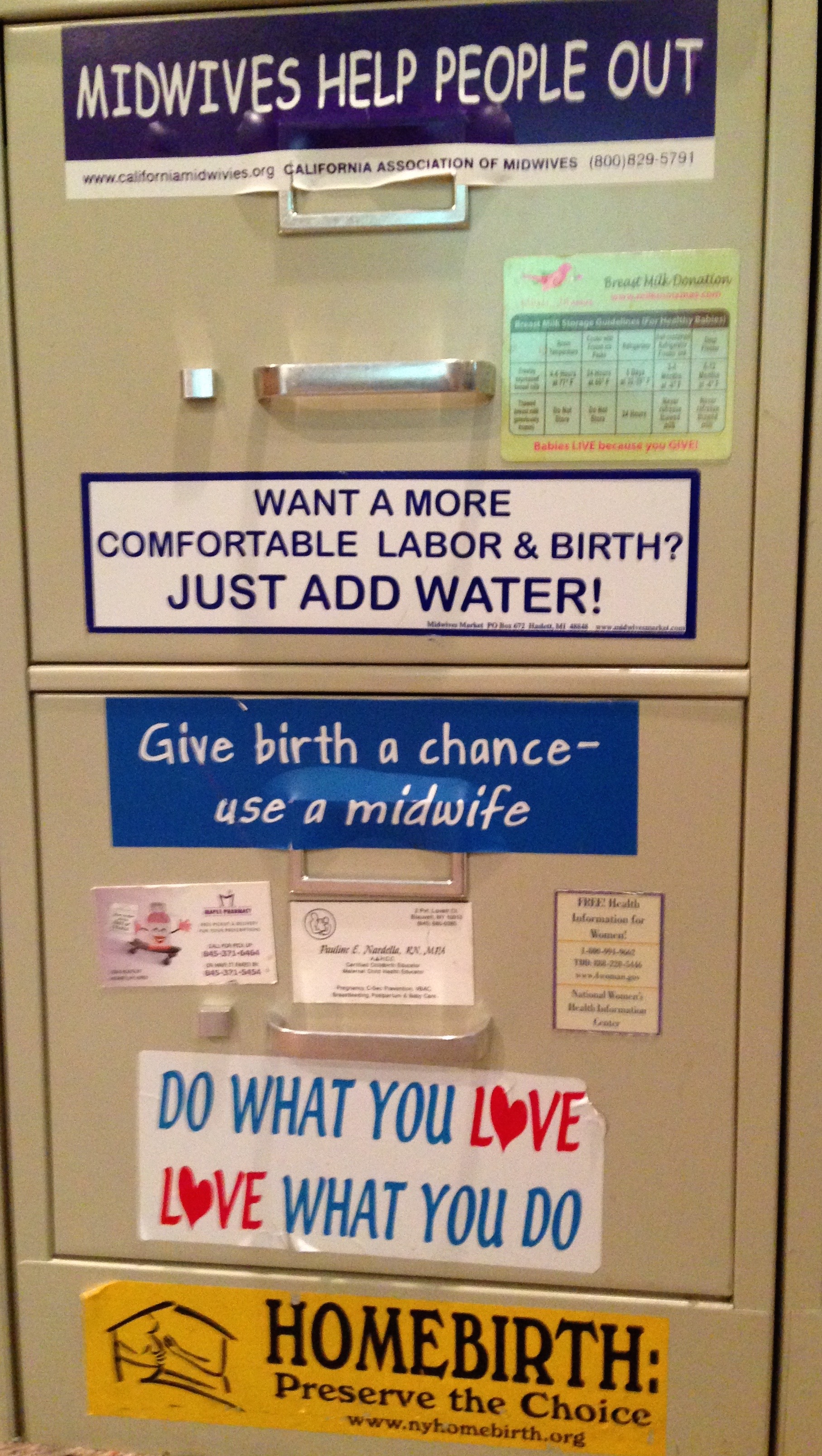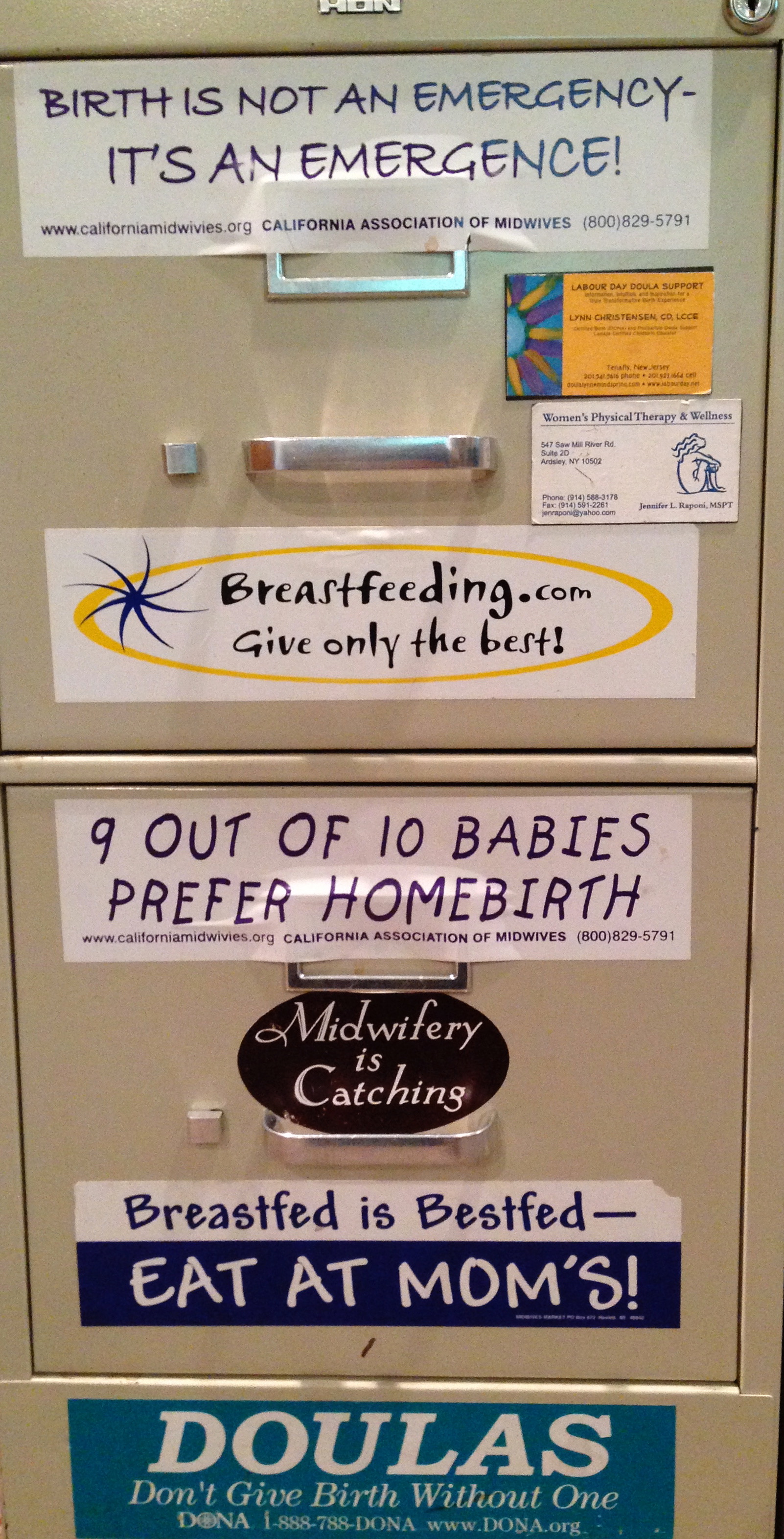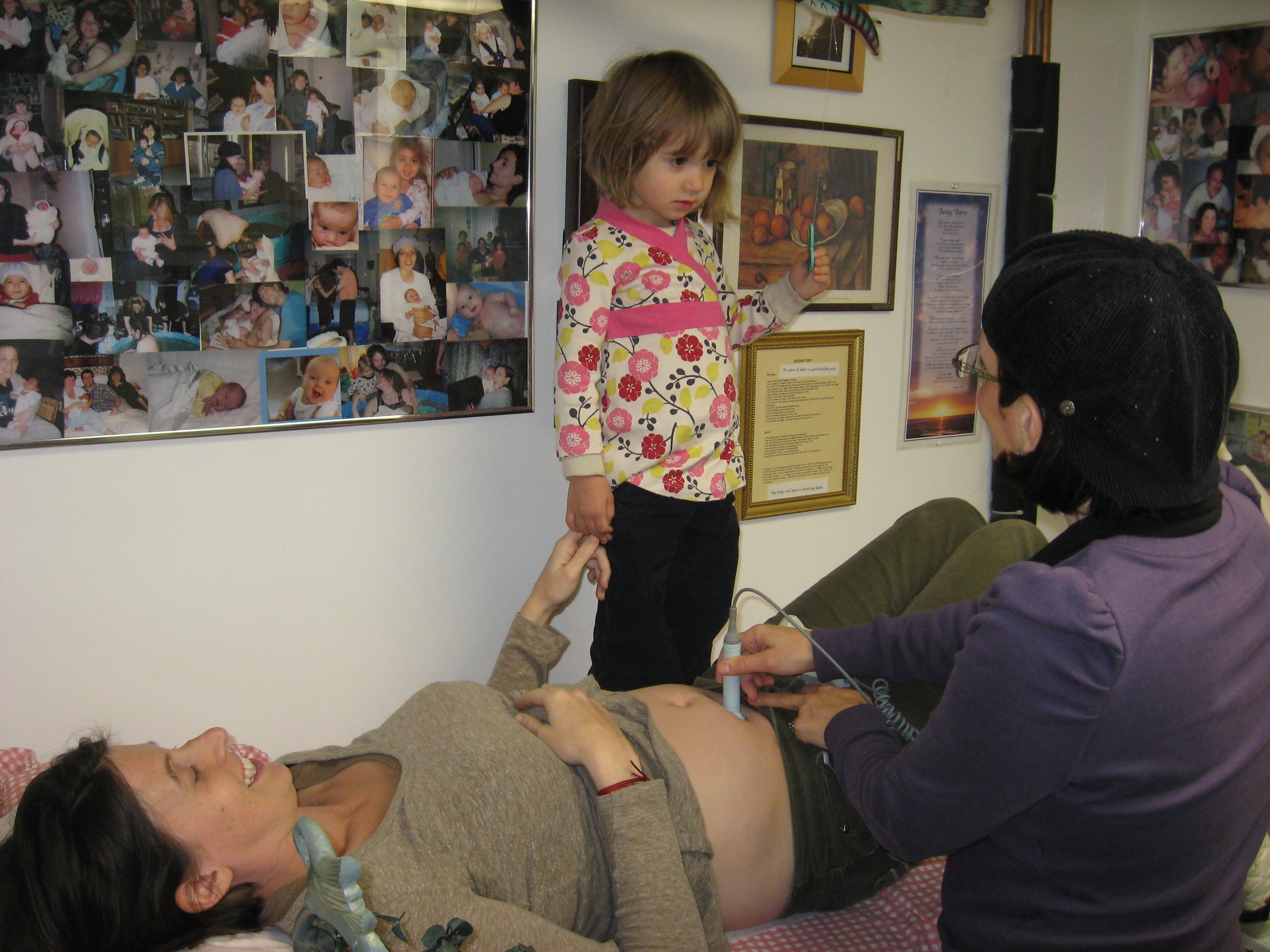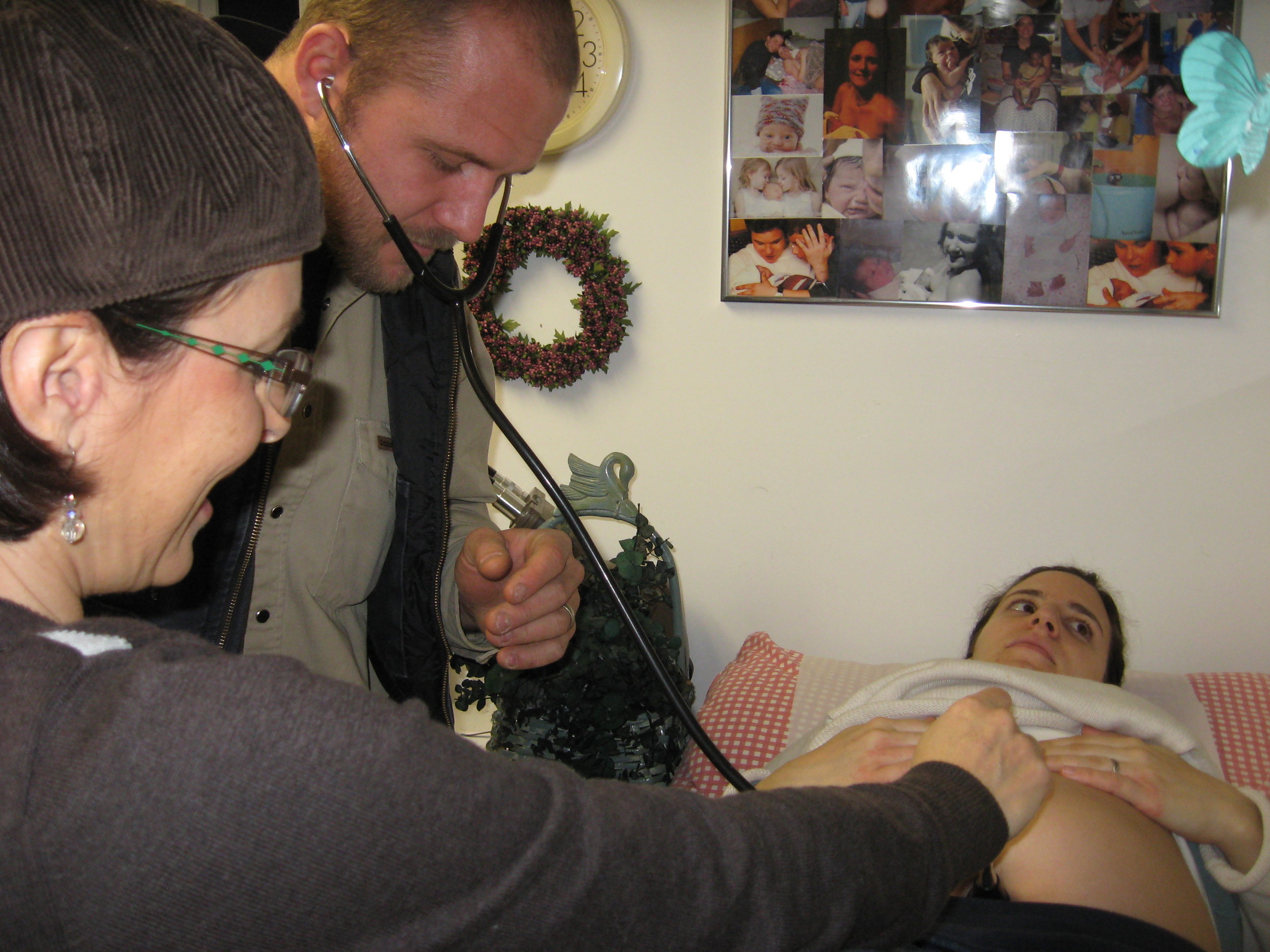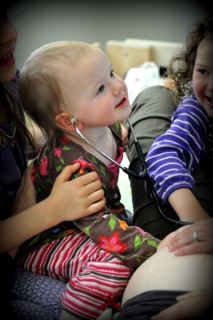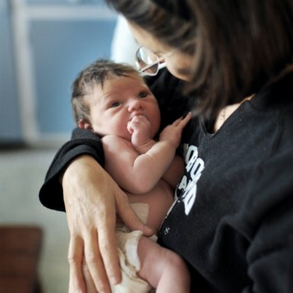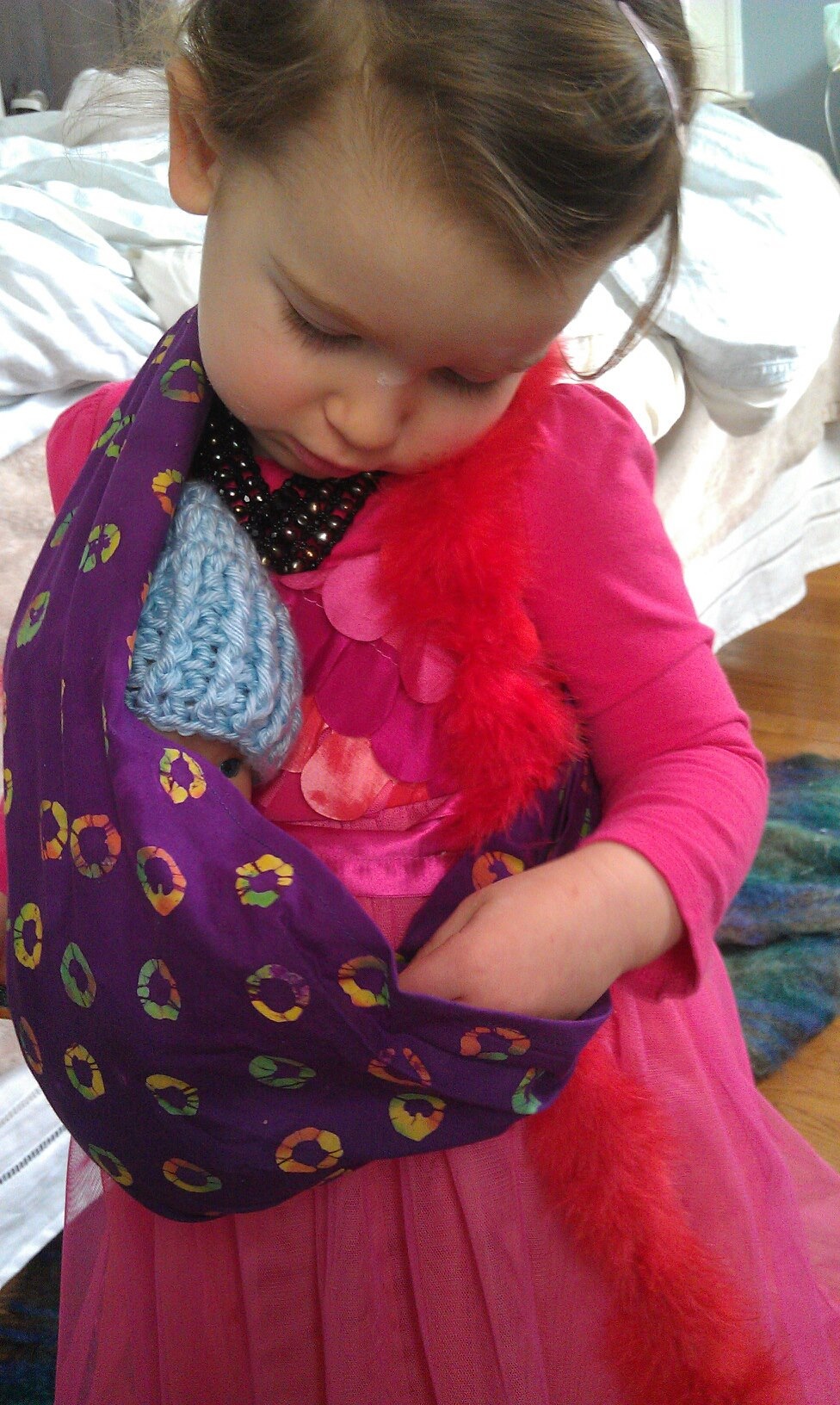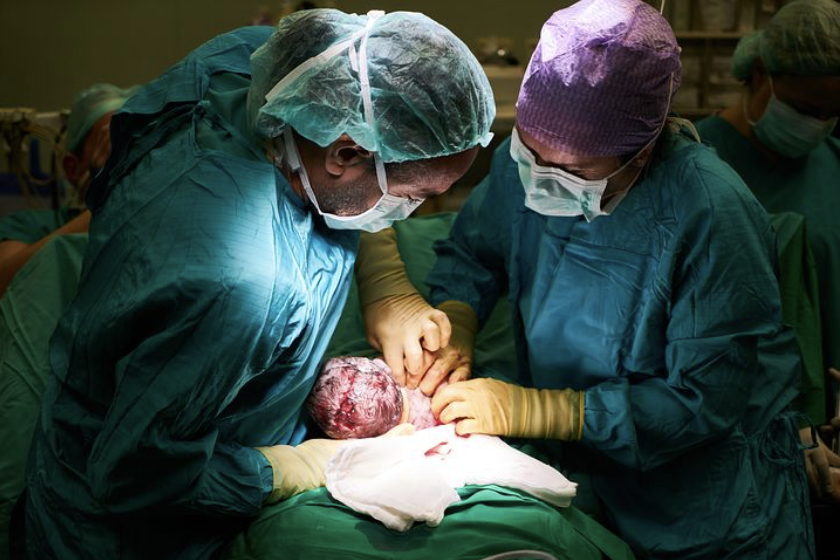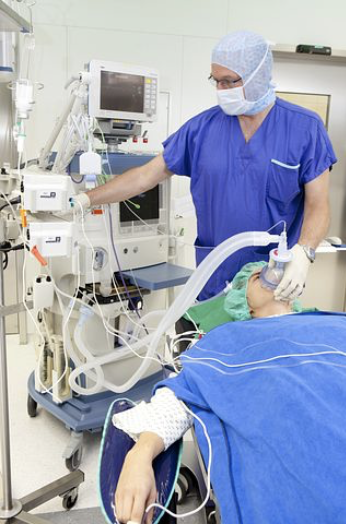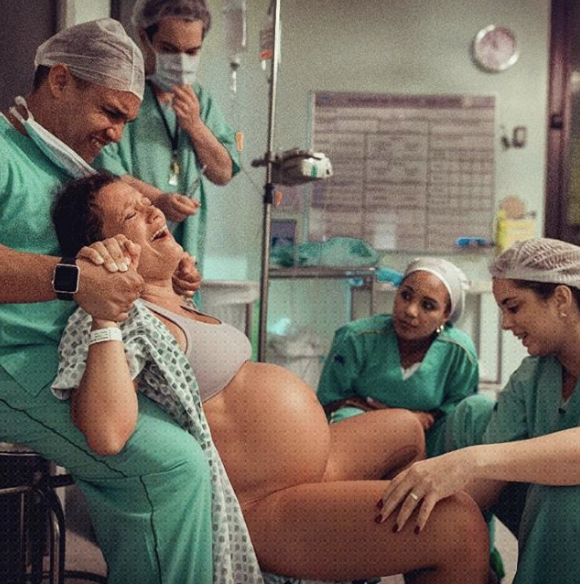“Having a HBAC was really so special after a totally unnecessary c-section with my first. I’d love to spread the word that it’s possible. So many people think it’s not.
And Then There Were Four
The last time I typed up a birth story it wasn't one I was super excited to share with the world. I'm eager to get this one down before I forget it since labor amnesia sets in quick and because this one could not be more different than the last. A friend of mine who also had a particularly difficult first labor said that when she had a second child she wanted a do-over. At the time I was telling myself that all that matters is getting a healthy baby and while I still believe that, I am very happy that things went the way I wanted them to this time.
[ I am not sure I need to but I would like to stop here and warn any readers that since this is a blog entry about giving birth, there is some TMI. ]
Last Friday I was 39 weeks. It started like any other day since I became full-term, with me thinking "Will this baby come today?" followed immediately by "Nah, I have tons of time left" followed by a much quieter "...maybe."
Because Thora's birth was such a mess and because I believe it was the four days in a row of acupuncture that my midwife sent me for before my due date that started my prodromal labor and not Thora herself, ready to be born, I was treating this time like it was my first time. Lots of people said that since Thora was born four days before my due date, this one would be early too, but I was telling myself just in case that I really didn't know when Thora would have come, had circumstances been different. This one could very well wait until long after my due date. I knew four or five other people who were all due around the same time as me and I kept saying they'd all be first, just so I wouldn't be disappointed if I went on to 41 or 42 weeks.
So on Friday morning I didn't think anything of going to work like usual. I had a lot to do, including dealing with three chickens I was fostering in my tiny shared work space. (Don't ask!)
Johnny, on the other hand, seemed to know something was up. The night before I'd had what I thought could be a little leaking of amniotic fluid. (Any expecting parent has to be familiar with the awful "here, smell this, is this pee?" ridiculousness) Even though he didn't say so, he was on high alert. That morning he drove me to work so Thora could see the chickens, and en route he announced that he was cancelling the plans he had with his friend for that night just in case the baby came. I told him not to be silly and encouraged him to go ahead because my due date was still a week away and who knew when he'd get to go out again. Likely that leak was nothing. But he insisted.
At the office, I managed to knock out a few things before everyone else arrived. I did an interview and wrote up a document I really needed to get out. I exchanged emails and calls with a few people. All the while I was having contractions and they were pretty regular but mild so I didn't say anything to anyone, just kept working and waited for them to pass. Around 1 pm when we were discussing lunch options, I felt a sudden gush and ran to the bathroom. Knowing that only 8% of labors start with the water breaking, I wasn't exactly sure what I'd find but I did not expect to see a lot of bright red blood. A lot. I had also passed a clot the size of my pinky. It didn't look like a mucus plug, it looked like a blood clot. And sitting there, I passed another. So I completely panicked. I called my midwife who seemed calm but mildly concerned. A few minutes later she called back: she'd been able to get me an emergency appointment at the women's ultrasound office I'd been going to, which was up on Madison Ave about a fifteen minute walk away. She encouraged me to put on a pad so I could see how much I was bleeding and said I should call her from the doctor's office to let her know what was going on. I called Johnny, who wasted no time getting into the car and on his way.
I threw my stuff into a bag and fled. As I waited impatiently for the elevator, a coworker and mom of three passed me in the hall. She took one look at my face, nodded and said "Oh yeah," in a knowing voice. "Good luck!" In my mind I was thinking "But I'm not in labor!" though I wasn't about to stop to explain.
Of course it was pouring rain so finding a cab was virtually impossible. Frustrated, I called Johnny again and reminded him that my first labor was during a blizzard and complained that it wasn't fair that this happens to us during horrible weather. Someone from my office accompanied me to the corner of First Ave with a big umbrella, trying to help me flag down occupied cab after occupied cab. There were a handful of other people doing the same and I ran in front of them, totally focusing all of my fear into anger at them for not seeing me standing there and giving me the first cab that pulled up.
Meanwhile Johnny and Thora were stuck in traffic on the FDR drive on their way to meet me at the ultrasound place. In the cab, my contractions slowed and my bleeding too. I could still feel the baby moving so I knew she was alive, but bright red blood is never a good sign in pregnancy so I was still very worried. I raced into the office and told them who I was. The woman at reception reminded me that I didn't have an appointment, that they were fully booked but would see me when they could. I reminded her as sweetly as I could that I was 39 weeks pregnant and bleeding a lot. Then I sat down to wait. My name was called not two minutes later and Johnny and Thora arrived about two minutes after that. The ultrasound showed that the baby and her heartbeat were fine, there was a lot of amniotic fluid, the placenta was intact, and everything was overall peachy. Both the doctor there and my midwife on the phone said they could not easily explain the blood, that they guessed it was either my mucus plug or a small placental abruption. My midwife ordered me to go right home. "Do NOT go back to work," she said sternly. How did she know what I was thinking?! She insisted I rest and check in with her in another hour or so. Feeling calmer, I apologized to the receptionist on our way out. She looked relieved. I thanked everyone for seeing me so quickly and we headed back out into the rain.
We did go right home. My contractions continued, mildly. Johnny and Thora took a walk to Uptown Juice Bar, our neighborhood veggie restaurant, to pick up some dinner, while I tried to nap. By 5 pm or so we were timing the contractions but they seemed pretty stable at 5 minutes apart and lasting only 30 - 45 seconds. After Thora's birth, which was a full five days of contractions like that and two hospital visits during which I was checked and promptly sent home, I was determined not to be the boy who cried wolf a second time, so I kept telling the midwife it was no big deal, that I wasn't concerned yet.
We got Thora to bed around 7 and settled in front of the TV for some Netflix streaming. I texted my sister to tell her I thought I was in labor. Then I sat on the birth ball and moaned and yelled my way through three episodes of Breaking Bad before Johnny told me that the contractions were obviously getting longer and more intense. I was still in denial because they weren't any closer together. I called our midwife again around 10 - a full 45 minutes later than she'd asked me to, she reminded me. I had a contraction as we talked and I tried my best to talk through it. I did not want her to have to come all the way here only to tell me I was having prodromal labor and then go back home. She said she was ready to go whenever we said the word, but I told her we were still fine.
Oh the stupid things that go through a laboring woman's head. At this point I was thinking "What would a woman birthing with Ina May Gaskin do now?" I tried to channel the birth stories I'd read over and over in Spiritual Midwifery. These women would have made food, cleaned their RVs, worked in their garden, gone for a hike, hugged a tree, or gone to sleep. Remembering that with Thora I gave up pushing for a c-section because I was too tired to keep going after five days of being too excited about having a baby to rest at all, I picked sleep. I took a quarter of a Bendaryl and lay down. I knew that if this was really it, the contractions would not slow. But they did, to about 8 minutes apart.
I did manage to doze a little between contractions but they kept waking us both up and after an hour or two, they got more and more intense. By 2 am they were 2 - 3 minutes apart, lasting 90 seconds to 2 minutes. I was nauseous and restless and knew sleep was now out of the question. Benadryl or no, I was wide awake and in agony. Soon I was in pain even between contractions and I was suddenly throwing up and having to poop and everything else all at once. This was it.
Johnny called Joan while I ran the bathtub. She'd been asleep but was instantly alert. The no-nonsense woman she is, she declared me to be in active labor and said she was on her way. Still not wanting to be humiliated for thinking I was in active labor when I wasn't, I was nervous that the bath might slow things down by the time she arrived. But it didn't.
Between contractions in the water, I was fine. I sat there in the candlelit darkness and tried to relax. I could talk, even joke around a little. The contractions were painful as hell but in between them there was a minute of reprieve. Also they felt very different from the ones I had with Thora. Thora was posterior (meaning she was face up) and the resulting back labor was agonizing in a whole different way. At the same time, this was pain like nothing I ever knew.
Joan and her assistant S. arrived around 2:45. Joan checked me right away. 7 centimeters. She said "The rest could either be slow or fast but I'm thinking fast" and went back to making her preparations. There was no time, she said, to set up the birth pool. I was going to have the baby in the bathtub.
They started setting things up while Johnny sat with me and made sure I had water, Emergen-C, whatever I would drink. S, Joan's assistant, held my hand ("but only if it's not annoying," she reminded me) and helped me keep my sounds low and my shoulders low and relaxed. The pain got more and more intense and I got louder and louder. I surprised myself by how much I was screaming and howling and growling but it was what I had to do. Joan shrugged. "Some people just need to roar their babies out," was all she said. This kept on. I beat my hands on the lip of the tub with every contraction and screamed this guttural, totally insane scream. I was sitting cross legged, sort of like in lotus position, in the center of the tub, leaning over the middle of it. My head was resting on a towel they put on the lip of the tub and my hands were hanging over the side so I could remember to keep them unclenched. Rayna, my cat, was sitting right beneath my hands keeping a close watch on things. Johnny sat on the closed toilet seat and S sat on the floor next to Rayna. Joan left me to it for the most part, but came back in periodically to tell me I was doing great. I panted and screamed and shrieked and didn't believe her. "I don't think I can do this!" I heard myself whine. "You ARE doing it," everyone chanted, in unison, in response.
Then all of a sudden everything changes. My growl gets deeper and I hear myself scream like I never, ever have before. It gives me chills to think about it now. "That sounds like pushing!" calls Joan from outside the bathroom. She is suddenly there, checking me, asking if I feel like I need to bear down. "I don't know what I feel," I say. I am hoarse and my mouth is dry and I'm starting to whine again. "I feel her in my butt now and it really, really huuurrrtttss." Yep, she says, that's pushing. And then I am at my absolute least attractive, retching and vomiting and panting and feeling like I'm crapping my brains out and watching the water around me get redder and redder. I'm babbling like a fool, asking how soon I can get an IUD, asking if I am going to make it through this, begging for it to stop. My head is filled with wild images: I'm thinking of my birth mother who should be there with me but isn't, of long-haired hippies who don't feel any pain as they push, of how I am certainly waking our daughter, asleep in the next room, of how I am definitely terrifying our neighbors and scaring my husband from ever wanting to look at me naked again, of being split open, of living through this to meet my baby.
Joan is suddenly all business. She kneels down and makes me change position. "If you are going to have this baby here, you need to stretch out and lie down on your right side and hold up your leg like this." She holds up my left leg like this. She gives Johnny the job of holding it up even further and pushing it back against the wall of the tub. She lets out some of the disgusting water and runs more warm water in the tub and over me, saying now it's too cold for having a baby.
And then I am gone. What takes over is this primal thing, barely human, screaming and roaring. From a million miles away, I hear "I can see her!" and "She went back in, but that's okay, she's stretching you so you don't tear" and I'm panting and and my voice is saying "I can't" and then I'm wailing again and there are hands on me that I push away and suddenly I feel a pop and I hear "That's the head!" One more howl and a huge push that takes everything out of me and the next thing I know she's crying in my arms and there's a warm blanket and a towel being draped over her and I am spent but I have my baby and I did it, just like the women in the hippie books and exactly how I always wanted, with my husband next to me and my daughter asleep in her room just ten feet away and we are all in our element in our home and I can't believe it. It is 5:33 am on Saturday, September 24. I have been in labor for over seventeen hours and I have pushed for only 23 minutes.
Freyja Rae is teeny. She is coughing and sputtering. I count fingers and toes, look at her tiny face, pick some vernix out of her ears. I push out the placenta and then a few minutes later, I manage to cut the cord myself because Johnny doesn't want to, snipping Joan's finger in the process. I smile and apologize. She shrugs and says she's been cut worse. I ask her if this ever gets old for her and she says with a smile, "Nope. Never." Everything is quiet. Then at some point, I ask how in the world women go through this pain. Her answer is simple. "We can do it because it ends. No matter how long it lasts, it always ends."
Freyja and I lie there together for a few minutes in the gross bathwater while I think that over. We are happy and exhausted and I'm thinking about Rocky calling to Adrian that he did it. Johnny snaps a few pictures and S snaps a few more.
Then Joan wraps her in another warm and dry receiving blanket and hands her to her father, saying she's not ready to nurse yet but that she needs skin on skin contact with Daddy, and then I am fading away and I'm gone.
I smell ammonia and hear someone say "smelling salts." My blood pressure is so low they can't even get a reading, but the smelling salts are so awful they wake me up enough so I can turn my head away. This feeling is nothing new for me. I have low blood pressure all the time so when I am sick or weakened I always react by getting dizzy and feeling faint. I am not concerned, but Joan and S are. A peanut butter sandwich appears before me and a glass of some flavor of Emergen-C that I didn't pick out is shoved in my face and a straw stuck in my mouth. I want to be in bed, with the AC on, wrapped in a blanket snuggling with my new baby but I know I can't make it there so I take slow bites and sips and wait.
Gradually I regain strength. We drain the tub and I am able to stand long enough to rinse off in the shower while they make a bed out of a plastic tablecloth and wee wee pads, right there on the tiles. I lie down and as I do, I hear Thora, awake. Freyja is passed back to me and I latch her on for the first time while Johnny brings Thora right to us in the bathroom. She's not fully awake and is very unsure of what's going on. "Mama?" she asks dubiously.
I sit up and nurse cross legged on the bathroom floor while they set up a spot for me in the living room. Moments later, Freyja and I make our way over to the couch. S hovers and makes me eat and sip sweet tea while I nurse Freyja. Johnny is next to me cuddling Thora, who asks for a pinky. A blissful moment: I am with my family.
But I am tired. Joan examines Freyja and prepares to weigh her like a bunch of bananas. "Any guesses?" We venture a few, but we are all off. She is much smaller than her sister was, only 6 pounds and 12 ounces. 19 inches long. Head and chest circumference are both 33 inches. "She's symmetrical!" Joan laughs. Freyja is perfect. And since we are at home, nothing invasive happens. She hasn't been suctioned. There is no ointment in her eyes. Joan doesn't even clean her off. Instead she rubs what's left of the vernix into her skin and wipes her down with some olive oil. She grabs a onesie from the pile, a white one with a pink and black skull and crossbones, a gift to Thora from our friend Missy Church. I smile and say she's dressing her like a punk rocker. "For you, nothing less!" she smiles back.
Johnny gets up to dress Thora. I help her on with her shoes and give her a big hug and kiss. Johnny brings her downstairs to our neighbor to hang out with her two girls for the morning and I throw on a shirt and get into bed with my new daughter. Joan hugs me and tucks me in. I hear Johnny come back in and he joins me a moment later, closing the bedroom door behind him. We hear cleanup noises in the rest of the apartment, and a few minutes later, the front door opening and quietly closing, as we three drift off to sleep.
I did it!”
Mama @thewriteaimee
Photo credit to @db4johnny (my spouse)
Was your birth upsetting or traumatic? Do you have more questions about processing your birth and need help healing? Arrange some time to chat with me. I’d love to answer your questions and help you heal and get yourself back - I have a program specifically for you, that can also include this revolutionary and powerfully effective, natural healing modality called Clarity Breathwork. Helping women heal from birth trauma is one of my passions and areas of expertise. So is preventing it in the first place.
This is why excellent childbirth education is a must, why planning for your birth is so important today, and is a major reason why I created my Love Your Birth course. It is a comprehensive online course that teaches women what they need to know about planning and carrying out the birth that they want in all settings - the hospital, birthing center or at home. It’s a course on how to have a holistic, healthy pregnancy for the body, mind, and soul - and is how I have guided thousands of women and their families in my midwifery practice for over 21 years. It contains a rolodex of my favorite resources with over 200 of the best books, movies and supplies I use personally and professionally with my clients, family & friends. Even diving into a fraction of this list will have you feeling empowered and prepared for conception, pregnancy, postpartum and parenting...It includes resources on improving and even ensuring ensuring healthier pregnancy and birth outcomes than the status quo, and preventing and healing from birth trauma so prevalent in the modern world! Be prepared to do some research on your own, but knowledge restores your power. I also help you prepare your mindset for such a task, to debunk myths, and to reframe any current ideas or conditioning about pregnancy and birth that can use a change in perspective or that are simply incorrect and do serve you. After finishing the course, the idea is that you are now able to create and have the healthy, beautiful and empowering pregnancy and birth that you want - so you can ROCK your birth!
You can get a free nugget from my course - all about creating your ideal birth plan here. A huge part of preventing birth trauma is getting clear your birth preferences, knowing the pros and cons about all the tests and procedures, all the interventions your may be faced with, so you can make informed decisions - rather than simply give over your body, your choice and voice to your health care providers and institution you choose.
I have a holistic approach to life, including healing after pregnancy and birthing. Nothing replaces abdominal toning and exercise for restoring muscle strength and tone - which I encourage for all mamas as soon as they feel up to it postpartum. Nothing replaces touch, slow deep abdominal breathing, and a 'love your postpartum body' perspective that I promote. But I have found many mamas simply feel comforted by this support garment, especially early postpartum and temporarily as needed....to be used without forfeiting abdominal toning and strengthening exercise, breathing well and touch. I have found Bellefit supportive garments to help like they use belly binding around the world such as in Indonesia. They do aid in early postpartum healing and provide support many mamas feel comforted by. I deal with human beings and the reality is many postpartum mom's struggle with body image, feel frustrated that getting back to themselves takes longer than expected. Being into holistic health and healing includes being sensitive to real human struggles - the mind, body, heart and soul of each person and their unique situation. Having helped countless women with these issues after having a baby as a midwife, I have found many still love that binding and feel better with this support, and ability to fit into their pre-pregnancy clothes comfortably and sooner than they would if they went through a C-section or natural childbirth recovery without it - especially when they have to dress up and fit into a certain favorite outfit for a special occasion or wedding not long after having a baby.
For more info on the Bellefit girdle, check out my blog about it here. Have a Great Postpartum Recovery (with a little help from Bellefit)!

